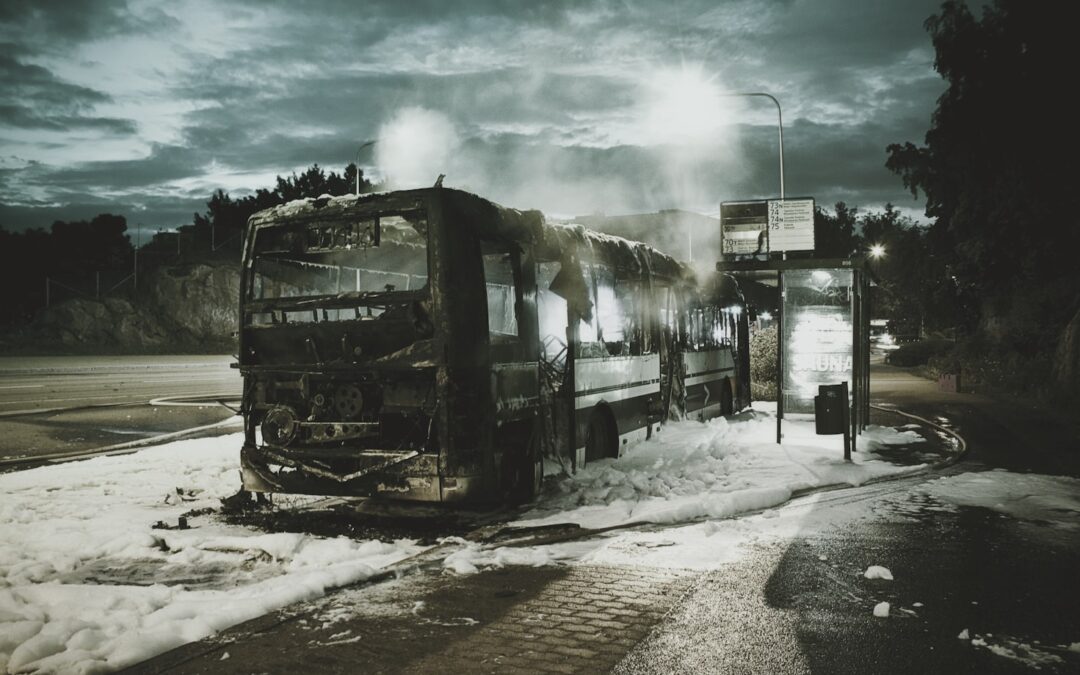If there was ever a legacy that should not be repeated it’s that of firefighting foam. The makers of Aqueous film-forming foam (AFFF), 3M and Dupont, are finding themselves at the center of a legal battle.
Firefighting foam was developed by the Naval Research Laboratory in collaboration with 3M in the 1960s. The combination of fluorocarbons and surfactants contained a synthetic group of chemicals called Per- and polyfluoroalkyl substances (PFAS).
Because of its fire retardant abilities, firefighting foam became widely used by fire departments and the military across the U.S. Unbeknownst to them at the time, PFAS harbored some dangerous secrets that took many years to uncover.
The Serious Health Hazards of PFAS
Firefighters and others working with AFFF became sick. Many were diagnosed with testicular cancer and mesothelioma. More worrying were the stats claiming that cancer was the cause of 72% of active-duty firefighter deaths.
Called forever chemicals, exposure to PFAS chemicals can greatly increase the risk of several types of cancers and other illnesses. The most vulnerable are firefighters who are in daily contact with AFFF firefighting foam.
Kidney cancer. Prostate cancer. Testicular cancer. The ailments were soon dubbed firefighter foam cancer as thousands of firefighters filed lawsuits against AFFF manufacturers.
In this article, we will discuss the sectors largely affected by toxic AFFF film-fighting foam, and their suggested alternatives.
Firefighting
Of course, this is obvious! Because the firefighting industry is the most affected by AFFF exposure, it’s the sector that needs the fastest action.
PFAS wasn’t only found in firefighting foam, but in turnout gear as well. To correct the oversight, the Massachusetts Legislature passed a bill to phase out the use of toxic PFAS in firefighting protective gear.
If signed by the Governor, it could be a step in the right direction in protecting firefighters from further exposure.
Although AFFF firefighting foam has been largely replaced by firefighting departments, TorHoerman Law says the substance is still being used in extreme situations.
Alternatives such as SoyFoam could be a sustainable choice. SoyFoam is the only firefighting foam that is GreenScreen Certified at the highest level.
Former volunteer firefighter and soy farmer Steve Reinhard says SoyFoam could protect more than 1 million firefighters in the U.S. He tells AG Daily one of the main priorities of soybean farmers is to create safer biobased alternatives.
Aviation
Airports previously used film-forming foam to extinguish fuel fires. To break away from the toxic legacy of AFFF, the FAA initiated a research program to identify alternatives.
Not only is the FAA researching new products, but the federal government agency is also testing PFAS-free formulas for potential use. Fluorine-free foams have shown some promise but don’t possess the same fire-extinguishing capabilities as AFFF.
The International Fire & Safety Journal reported that Class B fluorine-free foams have been researched as far back as 2014.
Fomtec is leading the charge but admitted making the transition from C8 to C6 chemistry is proving difficult. The company’s CEO John Ottesen compared it to starting with a blank page.
Although sustainable alternatives are yet to be found, the FAA is collaborating with the Department of Defense and the Environmental Protection Agency (EPA) to develop new fluorine-free foam specifications.
Defense
The U.S. Department of Defense (DOD) relies on AFFF to suppress jet fuel fires. Transitioning to replacement products has been slow.
According to the U.S. Government Accountability Office (GAO), challenges include a lack of replacements and transition costs ($2.1 billion). Military firefighters would also need to be retrained on how to use fluorine-free foams.
Nonetheless, the DOD has been actively working to discontinue the use of firefighting foam. Thus far, the Defense Department has plans and schedules in place, including specifications for the development of a fluorine-free foam.
The department was initially given a deadline of October 1, 2024. It reported to Congress that it would be two years, extending the deadline to October 1, 2026.
In its study, the GAO found that DOD uses firefighting foam in 1,500 facilities and over 6,800 mobile assets. PFAS was detected in drinking water and groundwater in and around DOD sites.
Occupational exposure to AFFF has affected anyone who’s come into contact with the substance. From firefighters to municipal workers, the danger is unseen but always present.
If more industries made bigger efforts to replace Aqueous film-forming foam at a faster rate, we could reduce PFAS-causing cancer to some degree.
The transition to replace AFFF has been long and laborious. Hopefully, with the outcome of the AFFF firefighting foam lawsuits, companies will get on board and institute real change.
















